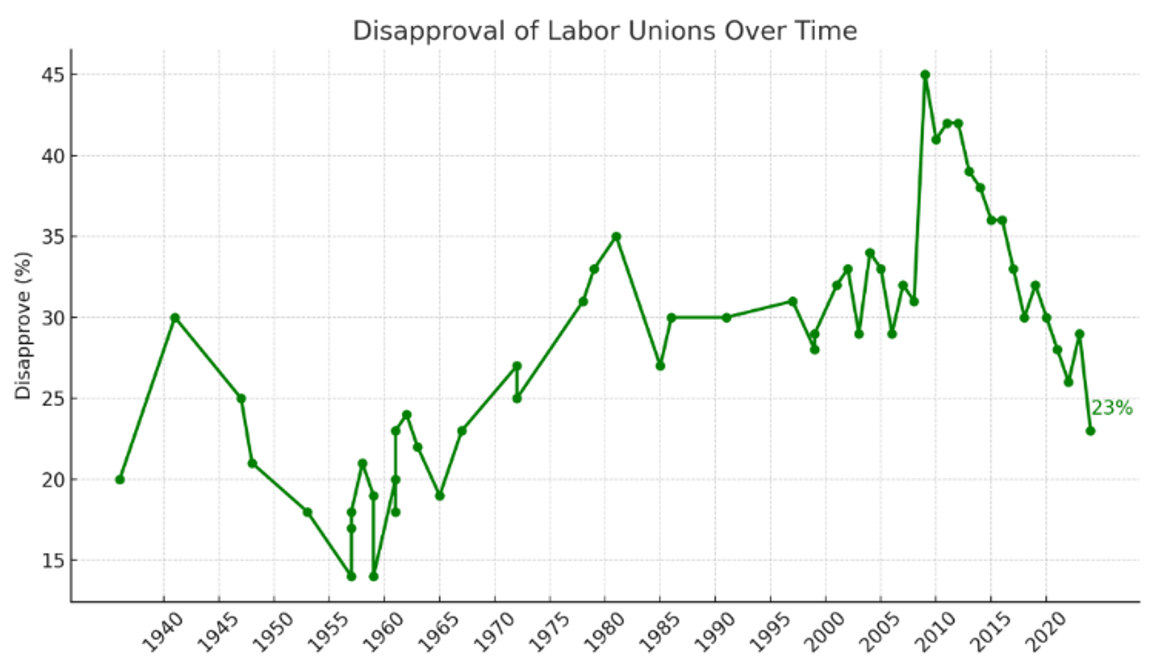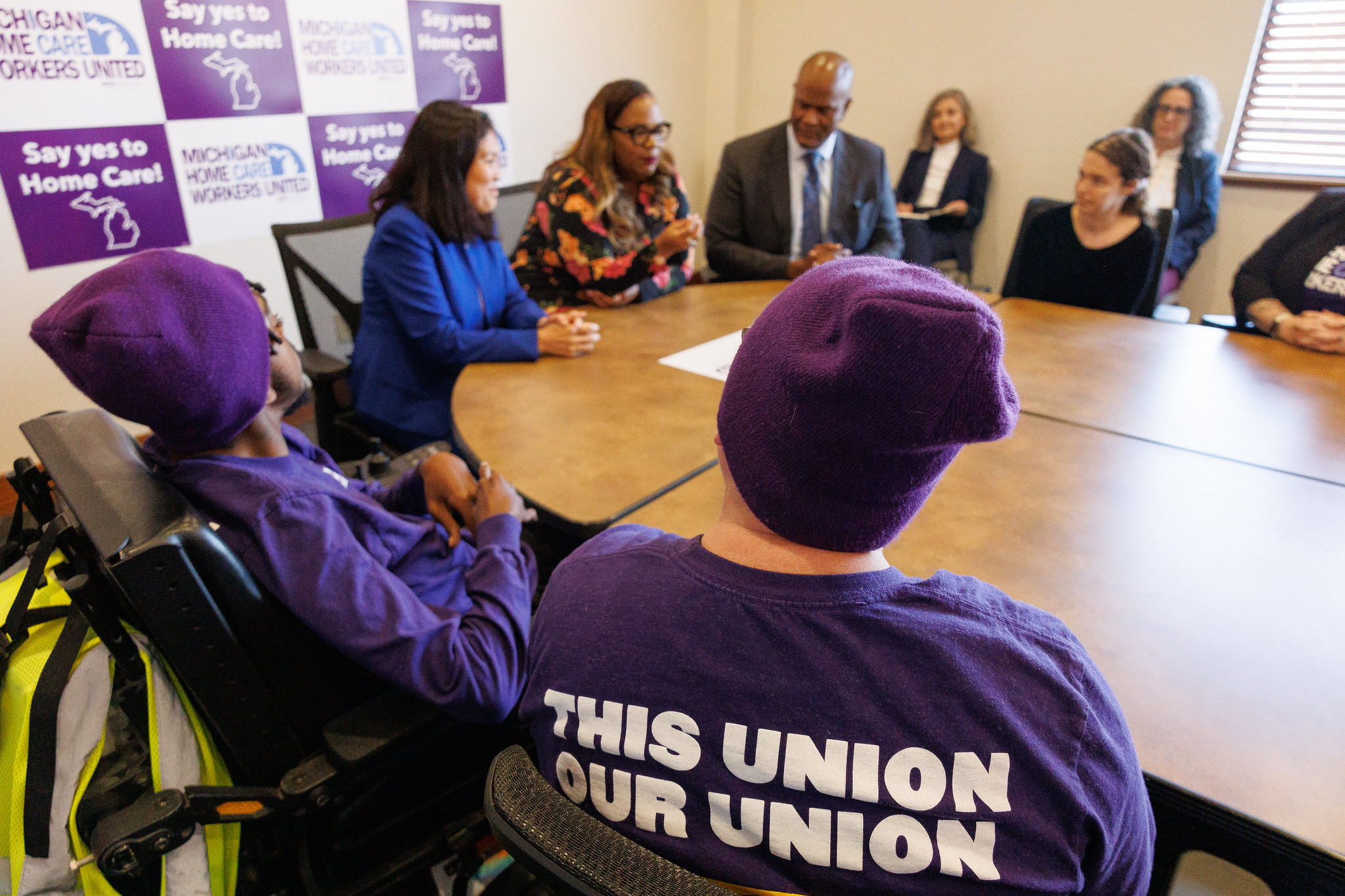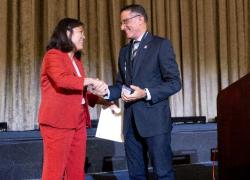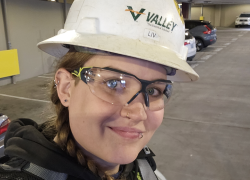
A recent Gallup poll revealed that disapproval of labor unions has fallen to 23%, the lowest level in 57 years, while support for unions has reached 70% — just one point below the highest level recorded since 1965. These statistics suggest a shift in public attitudes toward organized labor, and it’s important to consider what this means for workers and their interests.
This low point in union disapproval is noteworthy at a time when discussions around workers' rights, fair wages and workplace conditions are once again gaining prominence. The Gallup poll's findings suggest that more Americans, particularly younger workers, are recognizing the role unions play in providing them a voice in their workplace to advocate for these issues. This aligns with other reports that highlight increasing public support for unions across various sectors, potentially reflecting a broader call for stronger protections for workers.
This significant drop in union disapproval also brings more attention to growing efforts across the nation to ensure employees know about and can exercise their federally protected rights to organize and bargain collectively. This focus aligns with the principles outlined in Section 2(a) of the Labor-Management Reporting and Disclosure Act, the law that the Department of Labor’s Office of Labor-Management Standards enforces, which affirm that “in the public interest, it continues to be the responsibility of the Federal Government to protect employees’ rights to organize, choose their own representatives, bargain collectively, and otherwise engage in concerted activities for their mutual aid or protection.”
As public disapproval of unions reaches its lowest point in over half a century, the mechanisms that help ensure these organizations operate transparently and democratically become even more crucial. This is where OLMS plays a key role. We maintain the integrity and promote transparency of labor unions by helping safeguard union finances and protect union democracy, which gives the public confidence that unions fulfill their vital mission for workers.
OLMS also promotes labor-management transparency by requiring employers and labor relations consultants to file timely and accurate reports disclosing employer payments to employees and labor relations consultants to persuade workers concerning their rights to organize and bargain collectively. By promoting transparency for workers exercising their rights to organize, OLMS empowers employees to confidently engage in their protected right to join a union, strengthening the labor-management process.

By making these activities visible to the public, OLMS also provides workers with the information they need when considering whether to exercise their rights. For example, when employers engage in efforts to influence workers’ decisions about organizing a union through hiring of pricey consultants to do their bidding without proper disclosure, it undermines trust and distorts the democratic process in workplaces.
Our work in promoting labor-management transparency allows workers and the public to have confidence that the process reflects the true will of the workers, armed with the knowledge of whether outside consultants are being paid to engage with them on the issues. This effort not only supports workers who are considering joining a union by providing them with essential information but also reassures those who may be neutral or skeptical about unions that the labor-management process is a system built on transparency.
The poll’s findings reflect a growing recognition of the value of unions, even among those who may not actively participate in them. As union support rises and disapproval remains low, our role in safeguarding the public’s confidence in the labor-management process becomes increasingly important. By ensuring that activities related to union organizing are conducted transparently, and that labor unions act democratically, OLMS helps promote workers’ rights across the country.
Andrew Hasty is the acting chief of the division of interpretations and regulations with the Department of Labor’s Office of Labor-Management Standards.

 U.S. Department of Labor Blog
U.S. Department of Labor Blog







